Home>diy>Architecture & Design>How Do I Get Someone To Design My House
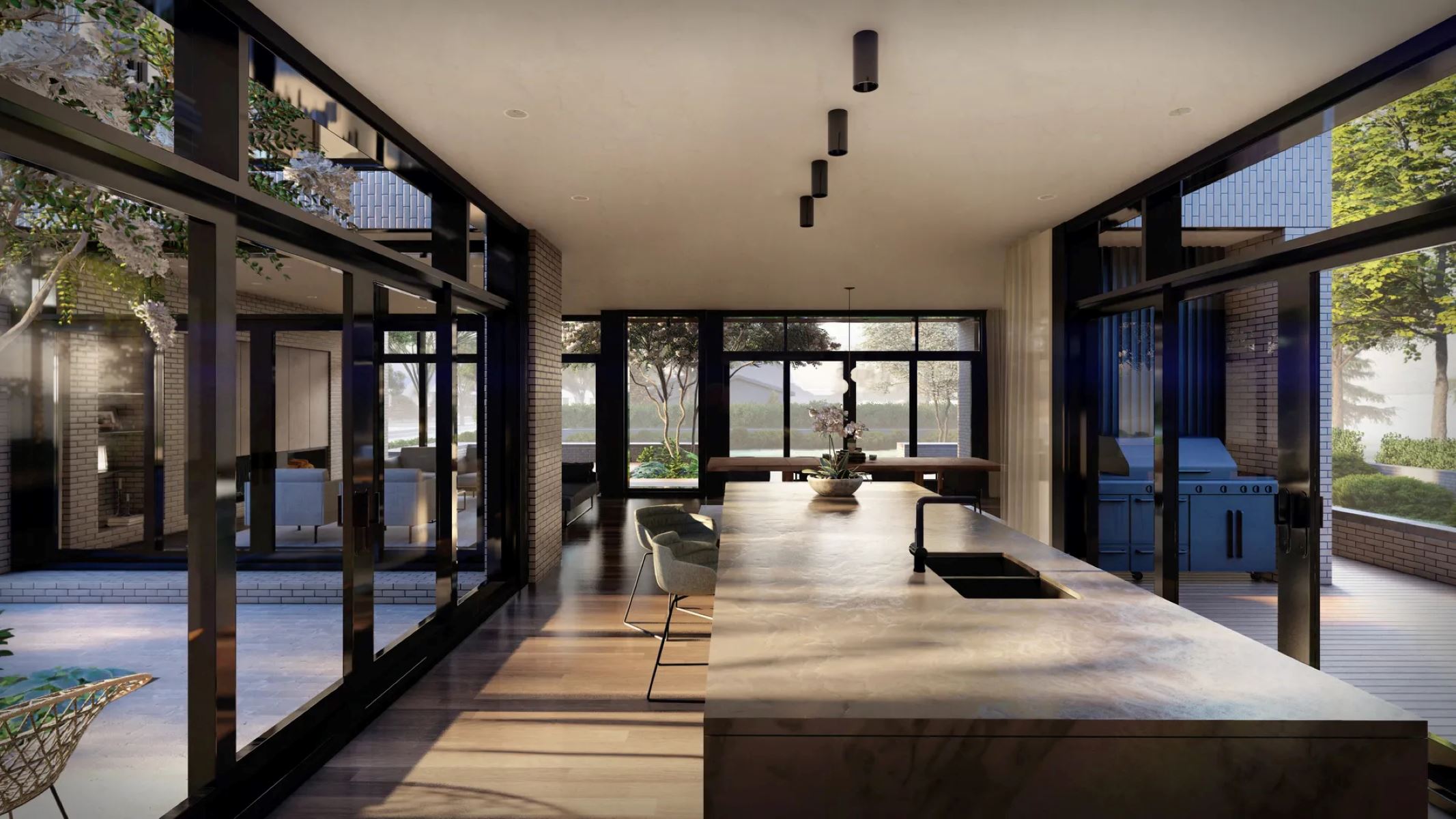

Architecture & Design
How Do I Get Someone To Design My House
Modified: December 7, 2023
Looking for professional architecture design services? Learn how to find and hire someone to design your dream house with our helpful guide.
(Many of the links in this article redirect to a specific reviewed product. Your purchase of these products through affiliate links helps to generate commission for Storables.com, at no extra cost. Learn more)
Introduction
Welcome to the world of architecture and design! Whether you’re building a new house or looking to renovate your existing space, finding the right designer to bring your vision to life is crucial. A well-designed house not only enhances the aesthetic appeal but also improves functionality and comfort. But how do you go about finding someone who can create the perfect design for your home?
In this article, we’ll guide you through the process of finding a skilled designer who can understand your needs and create a house design that exceeds your expectations. From researching designers to finalizing the agreement, we’ll cover each step in detail to help you navigate the journey smoothly and confidently.
Before diving into the search for the perfect designer, it’s important to establish a clear understanding of your design needs. Take some time to reflect on your personal style, preferences, and the purpose of the space you want to design. Are you aiming for a minimalistic, contemporary look, or do you prefer a more traditional and cozy ambiance? Consider practical aspects such as the number of rooms, layout requirements, and any specific features you desire.
Once you have a clear vision, it’s time to start researching potential designers. Start by seeking recommendations from friends, family, or colleagues who have recently worked with designers. Their firsthand experiences and honest feedback can guide you in the right direction. Additionally, browse online platforms, design magazines, and social media platforms to explore designers’ portfolios and get an idea of their style and expertise.
After gathering a list of potential designers, it’s essential to narrow down your options and select the right one for your project. Arrange meetings or phone calls with each designer to discuss your design requirements and gauge their understanding and enthusiasm for your project. Pay attention to the designer’s communication style, level of creativity, and ability to translate your ideas into a tangible design concept. Request to see their previous work and client references to gain insights into their skills, professionalism, and attention to detail.
Once you’ve identified the designer who aligns with your vision, it’s important to communicate your design requirements clearly. Schedule a detailed consultation where you can discuss your ideas, expectations, and any specific needs you have for the space. Provide the designer with ample inspiration, such as images, materials, and color schemes, to help them grasp your vision effectively. Be open to their suggestions and expertise, as they can provide valuable insights and alternatives that you may not have considered.
With your design requirements communicated, the designer will create design proposals for your consideration. Review each proposal carefully, assessing how well they align with your vision, functionality needs, and budget. Look for variations in design styles, material options, and cost estimates. It’s essential to have a thorough understanding of each proposal before finalizing your decision.
Once you’ve chosen a design proposal, it’s time to finalize the agreement and budget. Review the designer’s contract or agreement thoroughly, paying close attention to the scope of work, timelines, payment terms, and any additional provisions. Seek clarity on any uncertainties or concerns you may have before proceeding. Establish a clear budget to ensure transparency and avoid unforeseen costs during the design process.
Throughout the design process, it’s important to stay involved and monitor the progress. Regularly communicate with the designer, seeking updates and clarifications when needed. Providing timely feedback and input allows the designer to make necessary revisions and adjustments along the way, ensuring the final design is in line with your expectations.
Finally, once the design is complete and meets your satisfaction, approve the final design. Celebrate the culmination of your collaborative effort with the designer and prepare for the next steps of bringing the design to life.
Designing your house is an exciting and transformative experience. By following these steps, you can find the right designer and achieve a design that is not only visually stunning but also tailored to your lifestyle and needs. So, get ready to embark on this journey and create a house that truly feels like home.
Key Takeaways:
- Finding the right designer involves understanding your personal style, researching potential designers, and selecting the one who aligns with your vision and budget.
- Effective communication, thorough review of design proposals, and finalizing the agreement and budget are crucial steps in ensuring a successful collaboration with the chosen designer.
Read more: How Do I Get The Floor Plan For My House
Understanding Your Design Needs
Before embarking on the journey of finding a designer, it’s crucial to have a deep understanding of your design needs. This clarity will not only help you communicate your requirements effectively but also enable the designer to create a design that aligns with your vision. So, let’s take a closer look at how to identify and define your design needs.
Start by reflecting on your personal style and preferences. Consider the aesthetic appeal that resonates with you the most – whether it’s modern, contemporary, traditional, or a fusion of different styles. Look for inspiration in design magazines, online platforms, and real-life examples to help you identify your design preferences.
Next, consider the purpose and functionality of the space you plan to design. Are you looking to create a cozy and relaxing living room, a functional and efficient kitchen, or a tranquil and luxurious bedroom? Understanding the specific needs of each space will guide the designer in creating a design that caters to your lifestyle and optimizes functionality.
Think about the layout requirements for your space. Do you need an open-concept layout for a spacious and fluid feel, or do you prefer separate rooms for privacy and defined areas? Consider the flow and circulation within the space to ensure a seamless and practical design.
Identify any specific features or elements you would like to incorporate into the design. For example, if you’re passionate about cooking, you might want to prioritize a well-equipped kitchen with ample counter space and storage. Or if you enjoy entertaining, a living room with a designated entertainment area could be a priority. These unique features will add a personal touch to your design and enhance its functionality.
Take into account any practical considerations such as the number of rooms needed, the size of the space, and any existing architectural elements you would like to preserve. Additionally, consider factors such as natural lighting, ventilation, and sustainability to create a design that is not only visually appealing but also environmentally conscious.
Once you have a clear understanding of your design needs, compile your thoughts, preferences, and requirements into a concise brief. This brief will act as a guiding document throughout the design process and will help you effectively communicate your vision to the designer.
Remember, your design needs are unique and personal. Don’t hesitate to prioritize your preferences and ensure that the design reflects your individuality and lifestyle. Open and honest communication with the designer will foster a collaborative environment, enabling them to create a design that surpasses your expectations.
By spending time to truly understand your design needs, you will be well-equipped to find a designer who can bring your vision to life. Next, we will explore how to research and find potential designers who can meet your requirements.
Researching Designers
Once you have a clear understanding of your design needs, the next step is to research and identify potential designers who can bring your vision to life. Conducting thorough research will help you find designers who align with your design style, expertise, and budget. Here are some effective strategies for researching and finding the right designer for your project.
Seeking recommendations from friends, family, and colleagues who have recently worked with designers is a great starting point. Ask them about their experiences, the quality of work delivered, and the designer’s professionalism. Their firsthand feedback can provide valuable insights and help you make an informed decision.
Browsing online platforms and design directories is another excellent way to discover talented designers. Websites like Houzz, ArchDaily, and Dwell feature portfolios of various designers, allowing you to explore their work and get a sense of their style and expertise. Pay attention to the details showcased in their projects, such as finishes, materials, and layouts, to determine if their work aligns with your design vision.
In addition to online platforms, design magazines and publications often feature profiles of emerging and renowned designers. Flip through the pages and bookmark any designers that catch your eye. Many magazines also include contact information, making it easier to reach out to those designers for further discussion.
Social media platforms, especially Instagram and Pinterest, can be treasure troves of design inspiration. Follow design accounts and hashtags related to your style preferences to discover designers who showcase their work online. You can find a wealth of design concepts and ideas that resonate with your vision, as well as a chance to directly connect with designers through comments and direct messages.
Attend design shows, exhibitions, and trade fairs in your local area. These events gather architects, designers, and industry professionals under one roof, providing an opportunity to engage with them directly. You can view their work up close and personally, strike conversations, and potentially establish a rapport with designers who catch your attention.
As you compile a list of potential designers, thoroughly review their portfolios and websites. Look for consistency in their work, attention to detail, and a demonstrated ability to create designs that align with their clients’ preferences. Pay attention to the range of projects they have undertaken, as it showcases their versatility and ability to adapt to different design styles.
While researching, take note of the designers’ client testimonials and reviews. Positive feedback from previous clients is a strong indicator of their professionalism and the quality of their work. Conversely, pay attention to any red flags or negative reviews, as they can be a warning sign to proceed with caution.
Researching potential designers allows you to gather a diverse range of options and insights. From the recommendations, online platforms, social media, and personal encounters, you will be able to create a shortlist of designers who show promise and align with your design needs.
Next, we will delve into the process of selecting the right designer for your project and ensuring a successful collaboration.
Selecting the Right Designer
Now that you have researched and narrowed down your options, it’s time to select the right designer who will bring your vision to life. The selection process is crucial, as the designer you choose will have a significant impact on the outcome of your project. Here are some key factors to consider when selecting the right designer.
First and foremost, schedule meetings or phone calls with each designer to discuss your design requirements in detail. This initial interaction will give you a sense of their communication style, enthusiasm, and willingness to understand your vision. A great designer will ask insightful questions, listen attentively to your needs, and demonstrate a genuine interest in your project.
Review the designer’s portfolio and previous work to assess their expertise and design style. Look for designs that resonate with your vision and showcase a thoughtful approach to space planning, material selection, and overall aesthetics. Pay attention to the level of creativity and innovation displayed in their projects.
Ask the designer for client references and reach out to them for feedback on their experience working with the designer. This will provide valuable insights into the designer’s professionalism, responsiveness, and ability to meet deadlines. Ask about the quality of work, the designer’s problem-solving skills, and their ability to adapt to the client’s needs.
Consider the designer’s experience and qualifications in the field. While experience doesn’t necessarily guarantee a successful outcome, it does indicate that the designer has overcome challenges and gained valuable knowledge along the way. Experienced designers often have a better understanding of construction processes, material selection, and industry trends.
Discuss the designer’s approach to sustainability and environmentally-friendly design. If sustainable design is important to you, make sure the designer shares your values and has experience incorporating sustainable practices into their projects. A designer who prioritizes sustainability can create a design that reduces energy consumption and minimizes the environmental impact of your project.
Look beyond the designer’s technical skills and consider their ability to collaborate and work as part of a team. The design process involves working closely with other professionals such as architects, engineers, and contractors. A designer who can effectively collaborate and coordinate with other team members will ensure a seamless and successful project execution.
Take into consideration your budget and discuss it openly with the designer. A good designer will respect your financial constraints and work within the given budget. They should be able to provide estimates and a breakdown of costs, including any additional fees or potential expenses that may arise during the design process.
Lastly, trust your instincts and gut feeling. A successful collaboration requires trust and a strong rapport between you and the designer. Select a designer with whom you feel comfortable sharing your ideas, opinions, and concerns. Mutual trust and effective communication are vital for a fruitful partnership.
By considering these factors, you can select a designer who not only has the necessary skills and expertise but also understands your vision and can bring it to life. Once you’ve selected the right designer, the next step is to effectively communicate your design requirements to ensure a smooth and successful design process.
Communicating Your Design Requirements
Effective communication plays a pivotal role in bringing your design vision to life. Once you’ve selected the right designer, it’s essential to clearly and articulately communicate your design requirements. Transparent and open communication ensures that the designer understands your vision and can create a design that aligns with your expectations. Here are some key strategies for effectively communicating your design requirements.
Start by scheduling a detailed consultation with the designer. This meeting provides an opportunity for you to share your ideas, preferences, and goals for the project. Take the time to explain your vision, whether it’s through verbal descriptions, sketches, or examples from magazines or online platforms. The more information you provide, the better equipped the designer will be to understand your needs.
Provide visual inspiration to help the designer grasp your desired aesthetic. Compile a mood board or collection of images that reflect your design style, color schemes, finishes, and other visual elements you find appealing. This visual reference will serve as a valuable tool for the designer to develop a design concept that resonates with your vision.
Be open to the designer’s suggestions and expertise. Designers bring a wealth of knowledge and experience to the table, and they may offer insights and ideas that enhance your design. Listen attentively to their suggestions, ask questions, and engage in a collaborative discussion to ensure that both parties are on the same page.
Clearly communicate any practical requirements or constraints that need to be considered in the design. For example, if you have specific space limitations or access requirements, make sure the designer is aware so they can accommodate these factors in their design. Providing accurate and detailed information from the start helps to avoid potential issues later in the process.
Establish a clear timeline for the project and discuss it with the designer. Communicate any deadlines or milestones that need to be achieved, taking into account any external factors such as permits or construction timelines. This will ensure that both you and the designer have a clear understanding of the project’s timeline and can plan accordingly.
Effective communication is a two-way street, so actively listen to the designer’s feedback and questions. Encourage an open dialogue and ask for clarification if needed. This collaborative approach fosters a stronger understanding between you and the designer and leads to a more successful design outcome.
During the communication process, don’t hesitate to ask for regular updates on the design progress. This will help you stay informed and ensure that the design is moving in the right direction. Provide prompt feedback and guidance to the designer, as this will allow them to make any necessary adjustments or revisions along the way.
Finally, maintain ongoing communication throughout the design process. Regularly check in with the designer, seeking updates and addressing any concerns or changes that may arise. Effective communication builds trust and strengthens the partnership between you and the designer, ultimately leading to a successful and satisfying design outcome.
By following these strategies, you can effectively communicate your design requirements and ensure that the designer understands your vision. The next step is to review the design proposals and select the one that best aligns with your needs and expectations.
Read more: How Do I Keep My House From Getting Messy?
Reviewing Design Proposals
Once you have effectively communicated your design requirements to the designer, it’s time to review the design proposals they have created for your project. Reviewing the design proposals is a critical step in the design process, as it allows you to assess how well each proposal aligns with your vision, functionality needs, and budget. Here are some key factors to consider when reviewing design proposals.
Start by evaluating how well each design proposal captures your desired aesthetic. Look at the overall style, color schemes, materials, and finishes presented in each design. Consider whether the designs resonate with your personal taste and align with the ambiance you envision for your space.
Assess the functionality of each design proposal. Consider how well the layout and spatial organization meet your needs and lifestyle. Look for efficiency, flow, and convenience in the proposed design. Consider whether the designs optimize the available space and provide flexibility for future potential changes or additions.
Pay attention to the level of creativity and innovation demonstrated in the design proposals. Look for unique design elements or features that enhance the overall appeal and functionality of the space. Consider whether the proposed designs offer a fresh perspective and incorporate ideas that you may not have thought of.
Consider the practical aspects of each design proposal. Look at the proposed materials, finishes, and fixtures and evaluate their practicality, durability, and maintenance requirements. Consider whether the proposed design elements align with your lifestyle and budget.
Evaluate how well each design proposal incorporates any specific requirements or features you requested. Assess whether the designers have successfully integrated your preferences and ideas into the designs. Look for attention to detail and how well the designers have interpreted your vision.
Consider the cost estimates provided in each design proposal. Evaluate whether the proposed design is within your budget and whether any additional costs or potential expenses have been clearly outlined. Consider whether the cost is justified by the value and quality of the design being presented.
Review the design proposals in conjunction with any written or visual documentation provided by the designer. Look at any floor plans, elevations, 3D renderings, or other visual representations that accompany the design proposals. These visual aids can provide a clearer understanding of how the design will translate into reality.
Take your time to review and compare each design proposal, making notes and highlighting any aspects that stand out or raise concerns. It can be helpful to involve other stakeholders, such as family members or close friends, in the review process. Their perspectives can provide valuable insights and help you make a more informed decision.
Once you have reviewed the design proposals, schedule a meeting or discussion with each designer to address any questions, concerns, or clarifications you may have. Seek additional information or explanations on any aspects of the designs that require further elucidation.
Remember, the goal of reviewing design proposals is to select the one that best aligns with your vision, functional needs, and budget. Trust your instincts and select the design that resonates with you the most and meets your desired criteria.
After reviewing and finalizing the design proposals, the next step is to move forward with finalizing the agreement and budget with the selected designer. We will explore this step in detail in the next section.
When looking for someone to design your house, be sure to research and interview multiple designers to find the right fit for your style, budget, and timeline. Ask for portfolios and references to ensure they have the experience and expertise you need.
Finalizing the Agreement and Budget
Once you have reviewed and selected the design proposal that aligns with your vision and requirements, it’s time to finalize the agreement and budget with the chosen designer. Finalizing these aspects ensures that both parties are on the same page and establishes a clear understanding of the scope of work, timelines, payment terms, and any additional provisions. Here are key steps to follow when finalizing the agreement and budget.
Review the designer’s contract or agreement thoroughly. Take the time to carefully read and understand all the terms and conditions outlined in the document. Ensure that the agreement includes essential details such as the scope of work, design deliverables, project timeline, and any specific requirements or requests discussed during the consultation.
If any aspects in the contract are unclear or require further clarification, promptly communicate with the designer. It’s important to have a clear understanding of the terms to avoid potential misunderstandings or disputes down the line. Seek additional explanation or documentation on any provisions that require further clarification.
Discuss the financial aspect of the project with the designer. Finalize the budget and payment terms, ensuring that they align with your financial capabilities and expectations. Clarify the payment schedule and any additional fees or expenses that may arise during the design process. Establish a clear understanding of the total project cost to avoid any surprises or budget constraints as the project progresses.
Consider establishing a payment structure that is fair and provides incentives for both parties. For instance, you might agree on milestone-based payments, where payments are made upon the completion of specific project stages or deliverables. This ensures that the designer is compensated for their work while also motivating them to deliver quality results in a timely manner.
Include any necessary provisions for potential changes or revisions to the design during the course of the project. This will allow for flexibility if adjustments or modifications are needed along the way. Define the process and potential implications for such changes, such as additional fees or timeline adjustments, to ensure a smooth progression of the project.
Ensure that there is a provision for client approval and sign-off on the final design before any implementation or further steps are taken. This allows you to review and provide final feedback on the design before it moves forward, giving you the opportunity to make any necessary revisions or adjustments if needed.
If there are any specific legal or contractual requirements that need to be met, such as obtaining permits or approvals from local authorities, discuss these with the designer to ensure that all necessary steps are included in the agreement.
Before signing the agreement, it’s essential to feel comfortable and confident in your decision. Trust your intuition and seek legal advice if necessary to ensure that the terms and conditions of the agreement are fair and protect your interests.
Once the agreement is finalized and signed by both parties, keep a copy for your records. This document will serve as a reference point throughout the project and will help maintain clear communication and expectations between you and the designer.
With the agreement and budget finalized, you’re now ready to embark on the exciting journey of seeing your design come to life. The next step is to monitor the design process, provide feedback, and make any necessary revisions to ensure that the final design meets your expectations. We’ll explore this step in more detail in the next section.
Monitoring the Design Process
As the design process progresses, it’s important to actively monitor the work of the designer to ensure that the vision and requirements are being accurately translated into the final design. Monitoring the design process allows you to provide timely feedback, address any concerns, and make necessary revisions in a timely manner. Here are key steps to follow when monitoring the design process.
Schedule regular check-ins and meetings with the designer to stay updated on the progress of the design. These meetings can be in-person or conducted virtually, depending on the circumstances. Use this opportunity to discuss any questions or concerns you may have and to seek updates on key milestones or deliverables.
Review the design deliverables provided by the designer and assess their alignment with your vision. This may include floor plans, elevations, 3D renderings, material samples, or any other visual representation of the design. Analyze these deliverables to ensure that they reflect your design needs, preferences, and functional requirements.
Compare the design deliverables against the initial design concept and brief provided to the designer. Evaluate how well the design is progressing in relation to the original vision and identify areas where adjustments or revisions may be necessary. Provide clear and specific feedback to the designer, highlighting any specific changes or improvements you would like to see.
Consider the designer’s updates and suggestions and evaluate them within the context of your vision and requirements. Designers bring their expertise and creative input to the table, and their insights may provide valuable enhancements to the design. Engage in open and collaborative discussions to explore alternative ideas or solutions that may further enhance the design.
Ensure that the project is progressing according to the agreed-upon timeline. Regularly discuss milestones and deadlines with the designer to evaluate their progress and to address any potential delays or challenges. If there are any deviations from the initial timeline, communicate with the designer to understand the reasons behind them and to establish a plan moving forward.
Provide timely feedback to the designer on the design deliverables. Constructive and specific feedback is essential for the designer to make the necessary revisions or adjustments. Clearly communicate any areas that require further development or areas that do not align with your vision. This feedback loop ensures that the design process remains on track and meets your expectations.
Be open to collaborative problem-solving during the design process. Design projects can present challenges and require flexibility. Engage in discussions with the designer to find creative solutions that address any obstacles or changes that arise during the process. Maintain clear communication to navigate any adjustments or adaptations to the design plan.
Regularly review any material or finish selections proposed by the designer. Evaluate their suitability in terms of aesthetics, functionality, and budget. Make any necessary adjustments or communicate any concerns related to the proposed materials to the designer for further consideration.
Throughout the monitoring process, maintain a professional and respectful working relationship with the designer. Cultivate an environment of trust and open communication, allowing for a productive and collaborative partnership. Address any issues promptly and constructively, seeking resolutions that benefit both parties and support the successful completion of the project.
By actively monitoring the design process and providing feedback, you can ensure that the final design reflects your vision and meets your needs. The next step is to approve the final design and move towards the implementation phase. We’ll explore this step in more detail in the next section.
Providing Feedback and Making Revisions
As the design process unfolds and the designer presents their work, it’s essential to provide timely and constructive feedback. Clear communication and effective feedback are crucial in ensuring that the design aligns with your vision and requirements. Furthermore, being open to revisions and adjustments helps refine the design and ensures your satisfaction with the final outcome. Here are key steps to follow when providing feedback and making revisions.
Engage in regular discussions with the designer to review the design deliverables. Take the time to thoroughly examine each element of the design, from floor plans and elevations to material samples and color schemes. Consider how each element contributes to the overall aesthetic and functionality of the space.
Articulate your feedback in a clear and specific manner. Be precise in identifying what you like, what you feel could be improved, and any concerns you may have. Avoid vague statements and provide specific examples or suggestions to guide the designer in making revisions.
Balance your feedback by acknowledging what is working well in the design. Encourage the designer by highlighting aspects of the design that align with your vision and preferences. This creates a positive and supportive atmosphere, motivating the designer to continue producing high-quality work.
Provide feedback based on both your personal preferences and practical considerations. Consider how the design meets your functional needs, how it harmonizes with the overall style of your home, and how it aligns with your budget. Think about the long-term practicality, functionality, and durability of the proposed design elements.
Consider different perspectives by seeking input from family members or trusted friends. They may offer valuable insights and offer a fresh perspective on the design. Be open to their feedback while keeping in mind that the final decision rests with you as the homeowner.
Encourage open and constructive dialogue with the designer. Engage in discussions to understand their design choices, rationale, or any constraints they may have faced during the creative process. This fosters a collaborative working relationship and allows for informed decision-making.
Be willing to consider alternative design ideas proposed by the designer. Designers bring their expertise and unique creative vision to the project. Embrace the opportunity to explore different possibilities and evaluate the potential of alternative design solutions they may suggest.
Understand that making revisions is a normal part of the design process. Design evolves and improves through iteration, incorporating feedback and making adjustments along the way. Embrace this iterative nature of design and trust in the designer’s ability to refine and enhance the proposed design based on your feedback.
Set realistic expectations regarding the timeline for revisions. Understand that certain revisions may require additional time and effort from the designer. Effective communication and mutual understanding will help keep the project on track and enable revisions to be implemented in a timely manner.
Once the revisions are shared and incorporated into the design, review the updates provided by the designer. Assess how well the revisions address your feedback and concerns. If additional adjustments are necessary, communicate them clearly and provide the designer with the necessary guidance to align the design with your vision.
Remember that the design process is a collaboration, and feedback and revisions are a vital part of achieving your desired outcome. Open communication, thoughtful feedback, and a willingness to explore revisions will lead to a design that truly reflects your vision.
After providing feedback and making revisions, the next step is to approve the final design. We’ll explore this final stage before implementation in the next section.
Approving the Final Design
After several rounds of feedback and revisions, the time will come to review and approve the final design. Approving the final design signifies that the design meets all your requirements and expectations. It’s an exciting moment as you’re one step closer to bringing your vision to life. Here are key steps to follow when approving the final design.
First, carefully review the updated design deliverables provided by the designer. Pay close attention to details such as floor plans, elevations, material selections, color schemes, and any other visual representations. Ensure that the design reflects your vision, functional needs, and aesthetic preferences.
Examine how the final design aligns with the initial design brief and your communicated requirements. Assess whether the designer has successfully captured your desired aesthetic, lifestyle needs, and any specific features you requested. Evaluate how well the designer has interpreted your vision and translated it into the final design.
Consider how the final design meets practical considerations such as functionality, spatial efficiency, and suitability for your lifestyle. Evaluate if the design optimizes the use of available space and if it offers a harmonious flow between different areas. Assess its ability to support your daily activities and to accommodate potential future needs.
If any concerns or doubts arise during the review, share them with the designer in a constructive manner. Engage in a dialogue to address any remaining questions or areas that need further clarification. The goal is to ensure that you have a full understanding of the final design and to resolve any potential misunderstandings prior to approval.
Consider seeking input from other stakeholders, such as family members or close friends, to gather diverse perspectives. Their feedback can provide valuable insights and help confirm your decision to approve the final design. However, remember that the ultimate decision rests with you as the homeowner.
Celebrate the collaborative effort and successful completion of the design process. Recognize the achievements and milestones that have been reached along the way. Acknowledge the hard work and dedication of the designer in bringing your vision to life.
Upon approving the final design, grant the designer official approval and proceed with any necessary next steps. This may include signing off on the design plans, initiating the procurement process for materials and furnishings, or commencing construction or renovation work. Your approval serves as the green light to move forward and implement the final design.
Keep a copy of the approved final design for your own reference. This will serve as a blueprint and point of reference throughout the implementation phase. It ensures that all stakeholders have a clear understanding of the approved design and minimizes the risk of miscommunication as the project progresses.
Remember that design is an iterative process, and adjustments may still be required during the implementation phase. However, by approving the final design, you demonstrate confidence in the direction and outcome of the project.
With the final design approved, it’s time to move on to the next exciting phase: bringing the design to life through construction or renovation. Stay engaged, maintain open communication with the designer and the project team, and enjoy seeing your vision become a reality.
Conclusion
Designing your house is a thrilling and transformative experience, and finding the right designer plays a crucial role in bringing your vision to life. By following the steps outlined in this article, you can navigate the process of finding, communicating with, and working alongside a skilled designer who understands your needs and exceeds your expectations.
Understanding your design needs and preferences is the foundation of a successful collaboration. Take the time to reflect on your personal style, functional requirements, and desired ambiance. This clarity will guide you in selecting a designer whose expertise aligns with your vision.
Thorough research is key to finding potential designers. Seek recommendations, explore online platforms and design directories, and attend design shows and exhibitions. Review designers’ portfolios and assess their previous work to evaluate their style, versatility, and overall compatibility with your design needs.
Selecting the right designer involves assessing their communication skills, experience, qualifications, design approach, and alignment with your budget. Trust your instincts and establish a rapport with the chosen designer, as a successful partnership rests on mutual trust and understanding.
Once you have chosen a designer, effective communication is essential. Clearly and articulately communicate your design requirements, provide visual inspiration, and be receptive to the designer’s suggestions and expertise. Regularly monitor the design process, provide timely feedback, and actively engage in discussions to ensure the design aligns with your vision.
Reviewing design proposals allows you to assess the aesthetic, functionality, and cost considerations of each design. Finalize the agreement and budget by thoroughly reviewing the contract, discussing payment terms, and including provisions for potential changes or revisions.
Throughout the design process, actively monitor the progress, provide feedback, and collaborate with the designer to refine and enhance the design. Approve the final design when it aligns with your vision and requirements, marking an important milestone in the journey.
In conclusion, designing your house is an exciting endeavor that can be made rewarding and successful by finding the right designer and establishing effective communication. By following these steps and staying engaged throughout the process, you can create a house that reflects your individuality, meets your functional needs, and becomes a place you are proud to call home.
Frequently Asked Questions about How Do I Get Someone To Design My House
Was this page helpful?
At Storables.com, we guarantee accurate and reliable information. Our content, validated by Expert Board Contributors, is crafted following stringent Editorial Policies. We're committed to providing you with well-researched, expert-backed insights for all your informational needs.
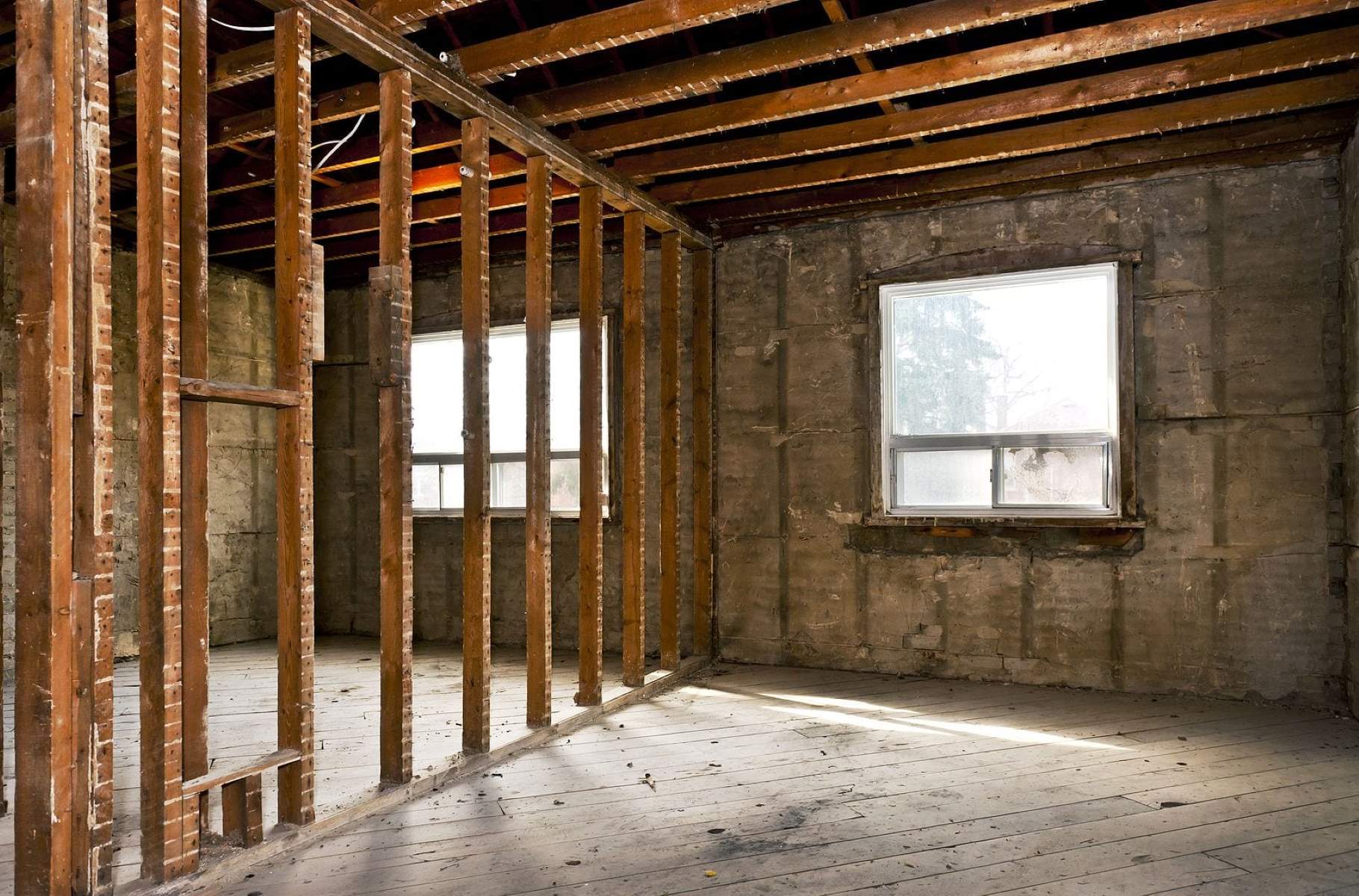




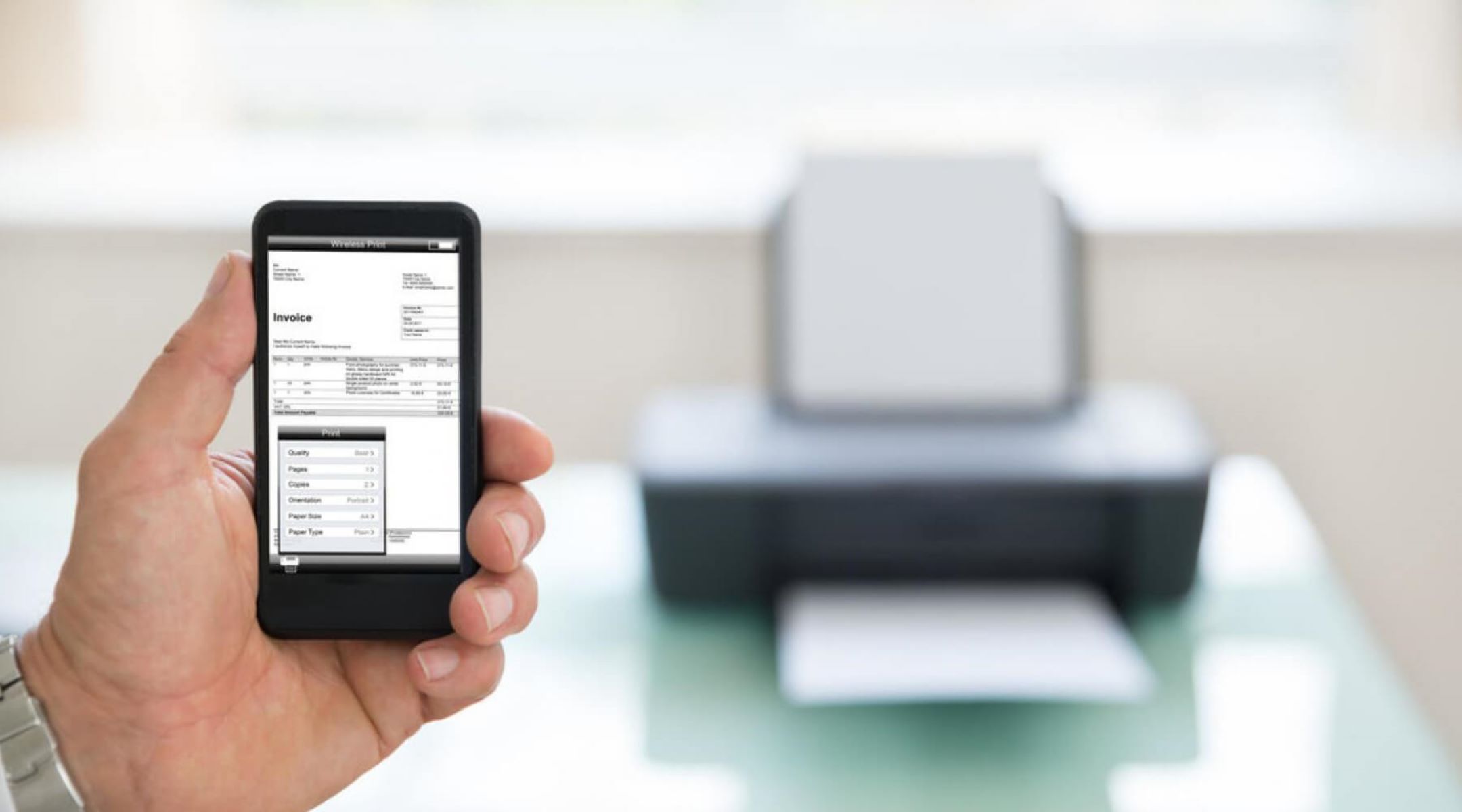
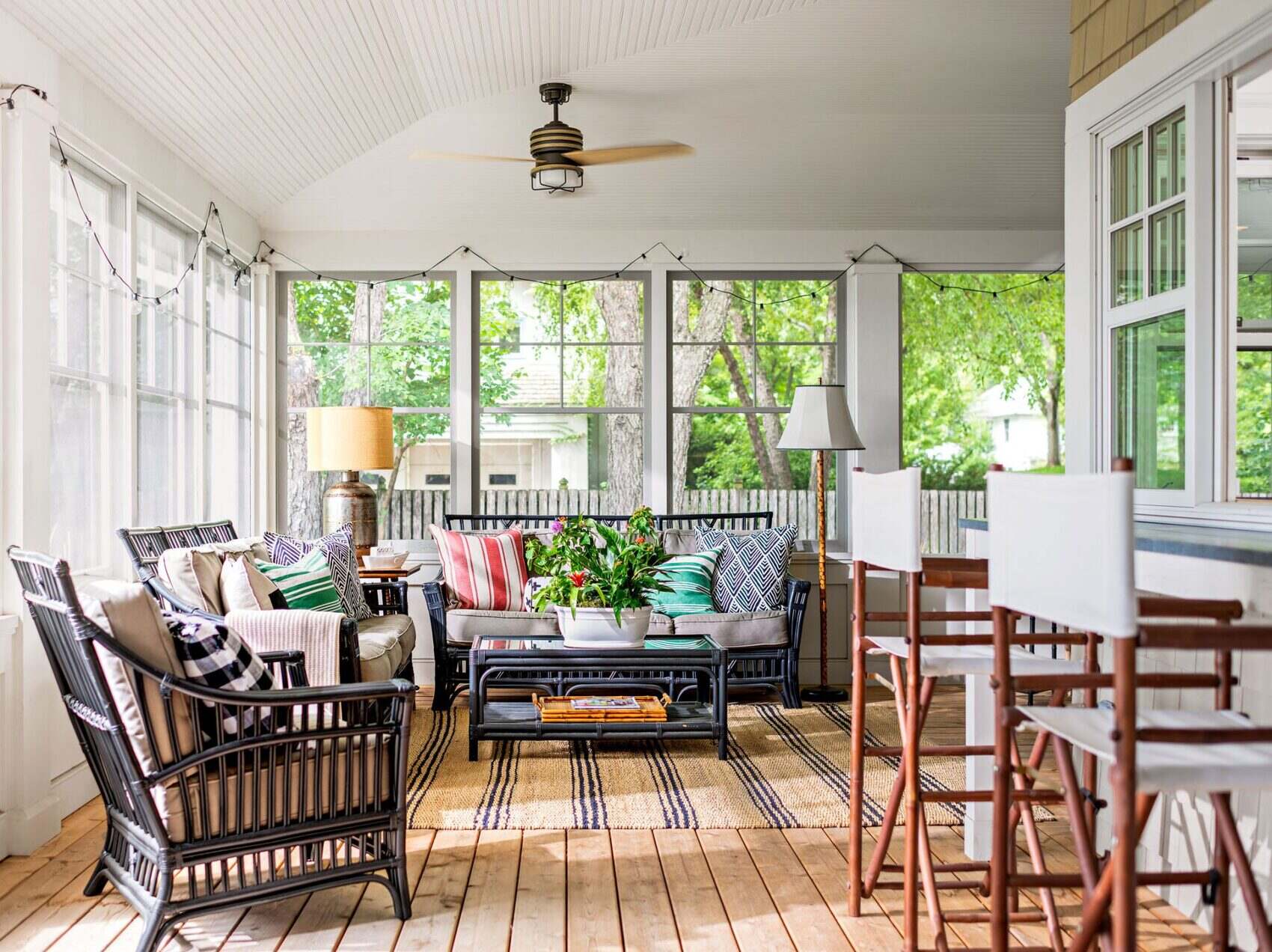
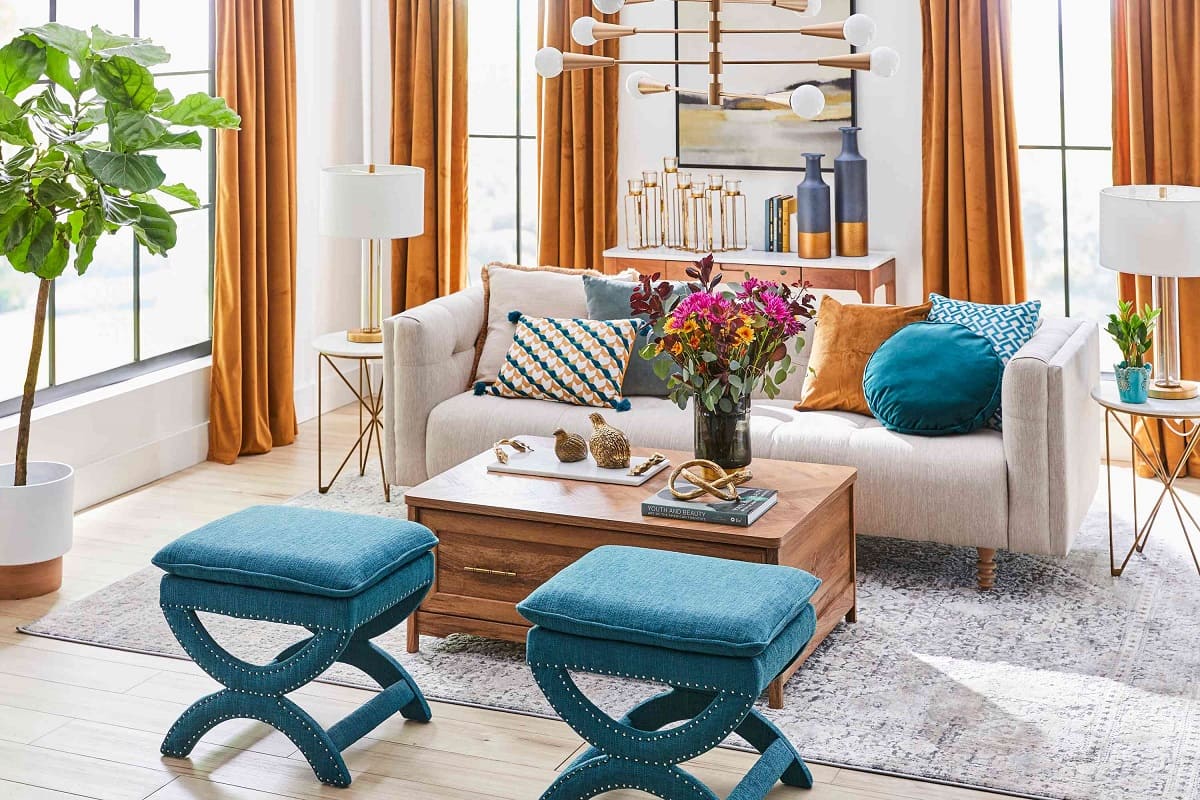
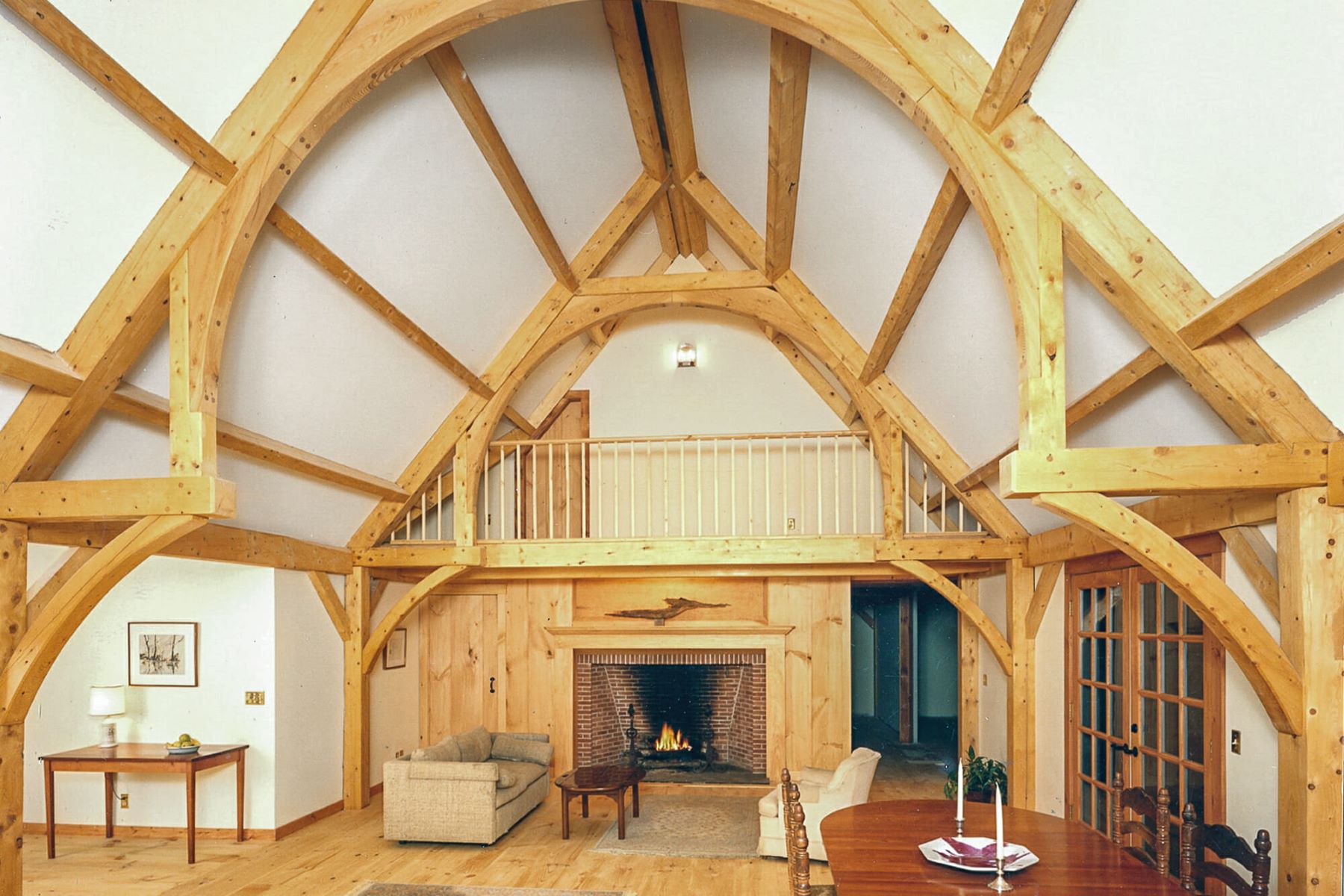

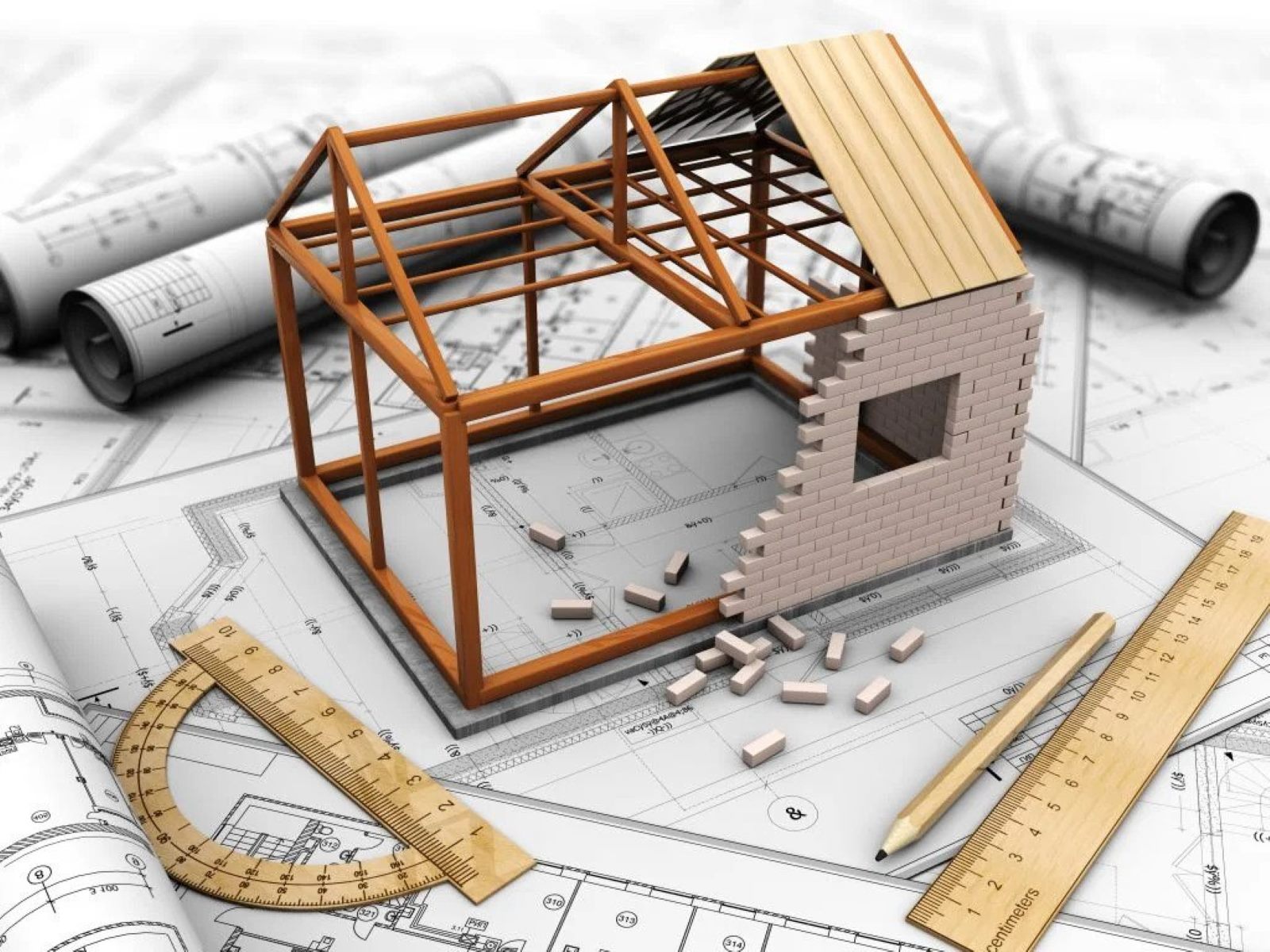
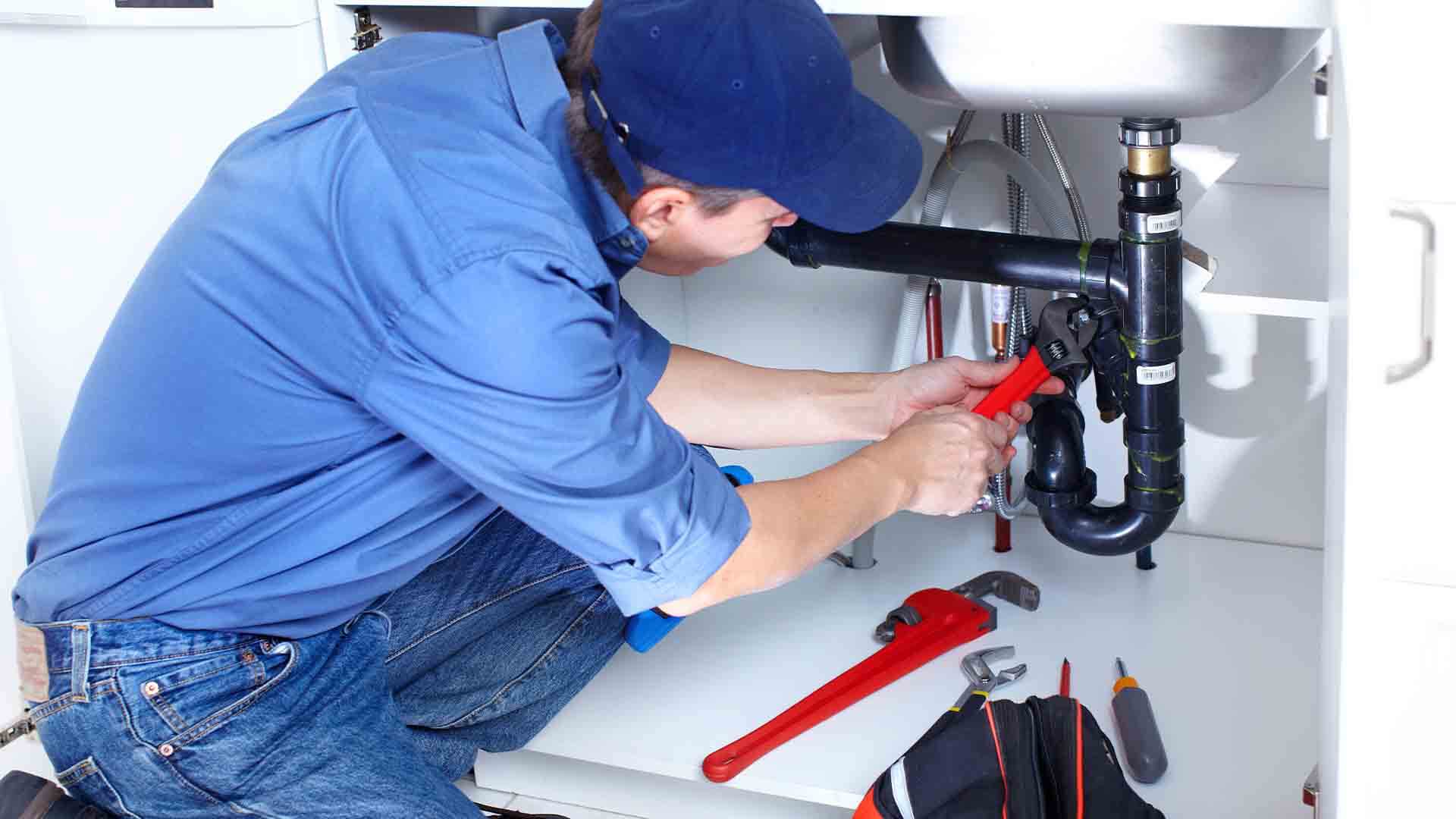
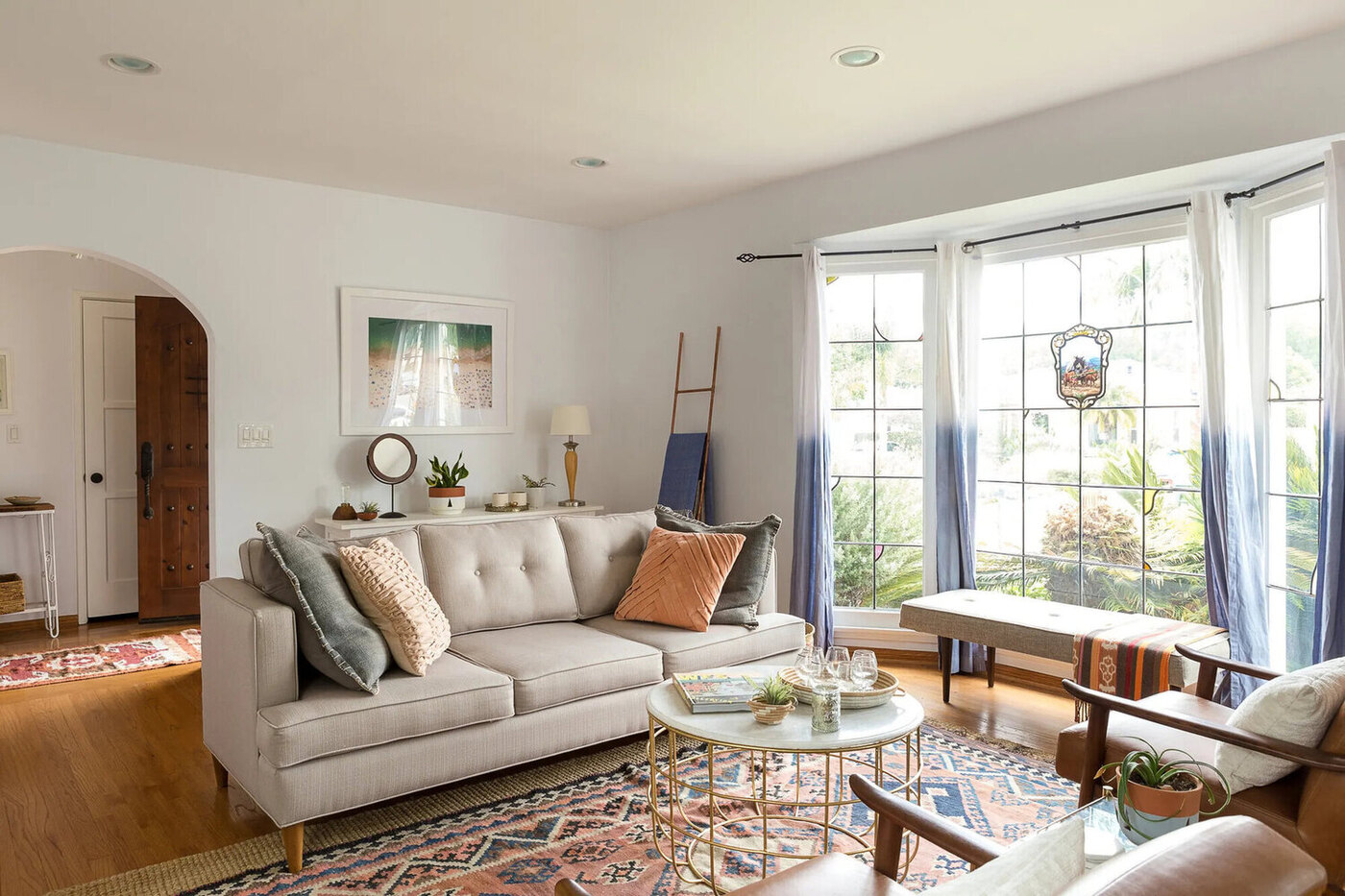

0 thoughts on “How Do I Get Someone To Design My House”